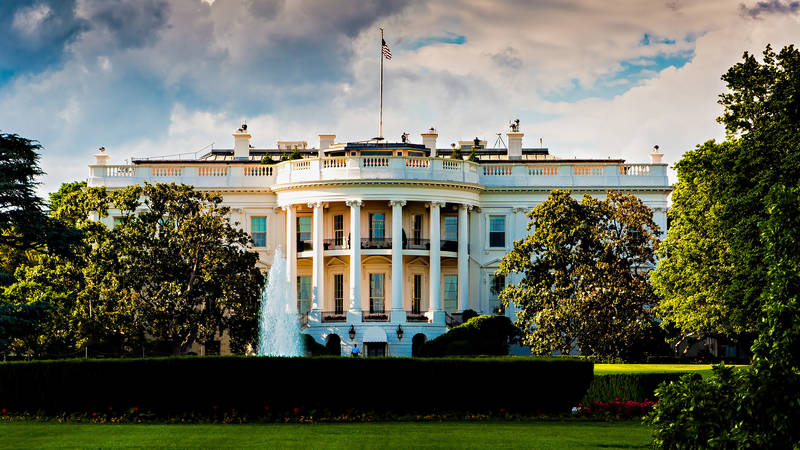New signs at parks could have a chilling effect on rangers just trying to do their jobs and tell the truth. This new order sets a dangerous precedent of prioritizing nostalgia over truth.
WASHINGTON – This week, Interior Secretary Doug Burgum issued Secretarial Order 3431, instructing his department to begin implementing provisions of President Trump’s “Restoring Truth and Sanity to American History,” executive order.
Burgum’s order instructs land management bureaus under the Department of the Interior, which includes the National Park Service, Fish and Wildlife Service, and more, to post signage at all sites bearing the following message: “(Property Name) belongs to the American people, and (name of land management Bureau) wants your feedback. Please let us know if you have identified (1) any areas of the (park/area, etc. as appropriate) that need repair; (2) any services that need improvement; or (3) any signs or other information that are negative about either past or living Americans or that fail to emphasize the beauty, grandeur, and abundance of landscapes and other natural features.”
National Parks Conservation Association President and CEO Theresa Pierno issued a new statement in response to this news:
“The National Park Service is counted among our country’s greatest storytellers, guiding visitors through America’s complex history of triumph and tragedy alike. As Americans, we have entrusted the brave professionals at the Park Service to tell the truth about the events that shaped our nation at Gettysburg, Birmingham, Stonewall, and beyond.” Pierno said.
“This new order from the Secretary of the Interior instructs land managers to post signs asking visitors to report so-called negative information being shared there about past or living Americans. These signs could have a chilling effect on rangers just trying to do their jobs and tell the truth. When the Trump administration tries to rewrite American history, it is the American people who will suffer most.“
“Should rangers at Harriet Tubman Underground Railroad National Monument avoid speaking negatively about slavery? Should rangers at Manzanar National Historic Site avoid talking about the imprisonment of Japanese Americans during World War II? This new order sets a dangerous precedent of prioritizing nostalgia over truth at our parks. Secretary Burgum should reverse course and rescind this order.” Pierno finished.
Burgum’s order sets timelines for land management bureaus to review, identify, and remove, “images, descriptions, depictions, messages, narratives or other information (content) that inappropriately disparages Americans past or living (including persons living in colonial times), or, with respect to content describing natural features, that emphasizes matters unrelated to the beauty, abundance, or grandeur of said natural feature.”
The order also sets timelines for review and identification of “any public monuments, memorials, statues, markers, or similar properties (collectively: properties) on lands within its jurisdiction that have been removed or changed from January 1, 2020, through the date of this Order,” and potential reversal of any of those changes.
The National Park Service, which is under the jurisdiction of the Department of the Interior, is mandated by law to preserve, protect, and interpret American history per the 1916 Organic Act and 1966 National Historic Preservation Act.
More than two-thirds of the country’s 433 national park sites are dedicated to preserving and interpreting our nation’s history and culture. The agency manages more than 26,000 historic structures, and nearly 185 million historic artifacts.
###
About the National Parks Conservation Association: Since 1919, the nonpartisan National Parks Conservation Association (NPCA) has been the leading voice in safeguarding our national parks. NPCA and its more than 1.6 million members and supporters work together to protect and preserve our nation’s most iconic and inspirational places for future generations. For more information, visit www.npca.org
For Media Inquiries
-
Issues


